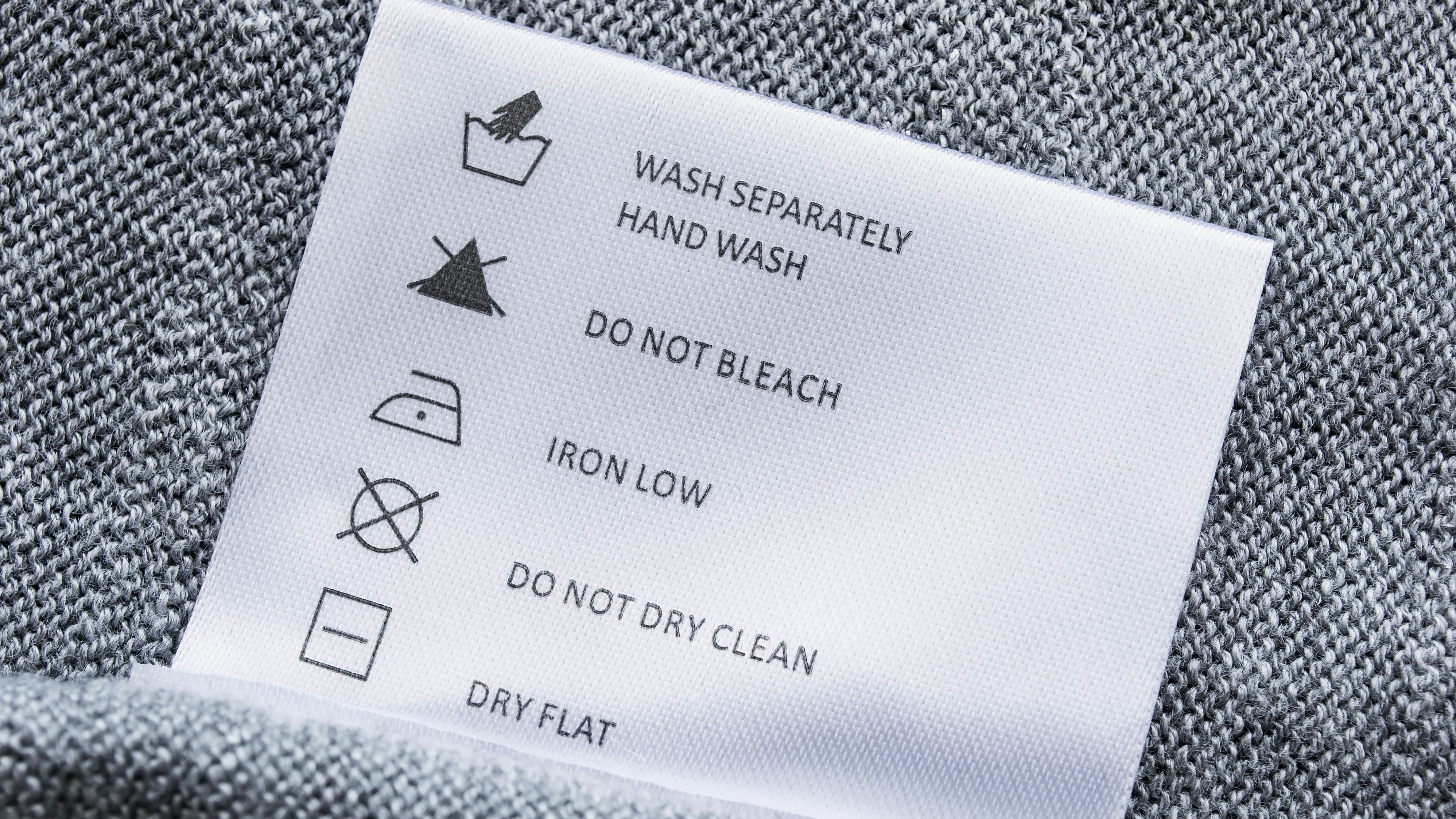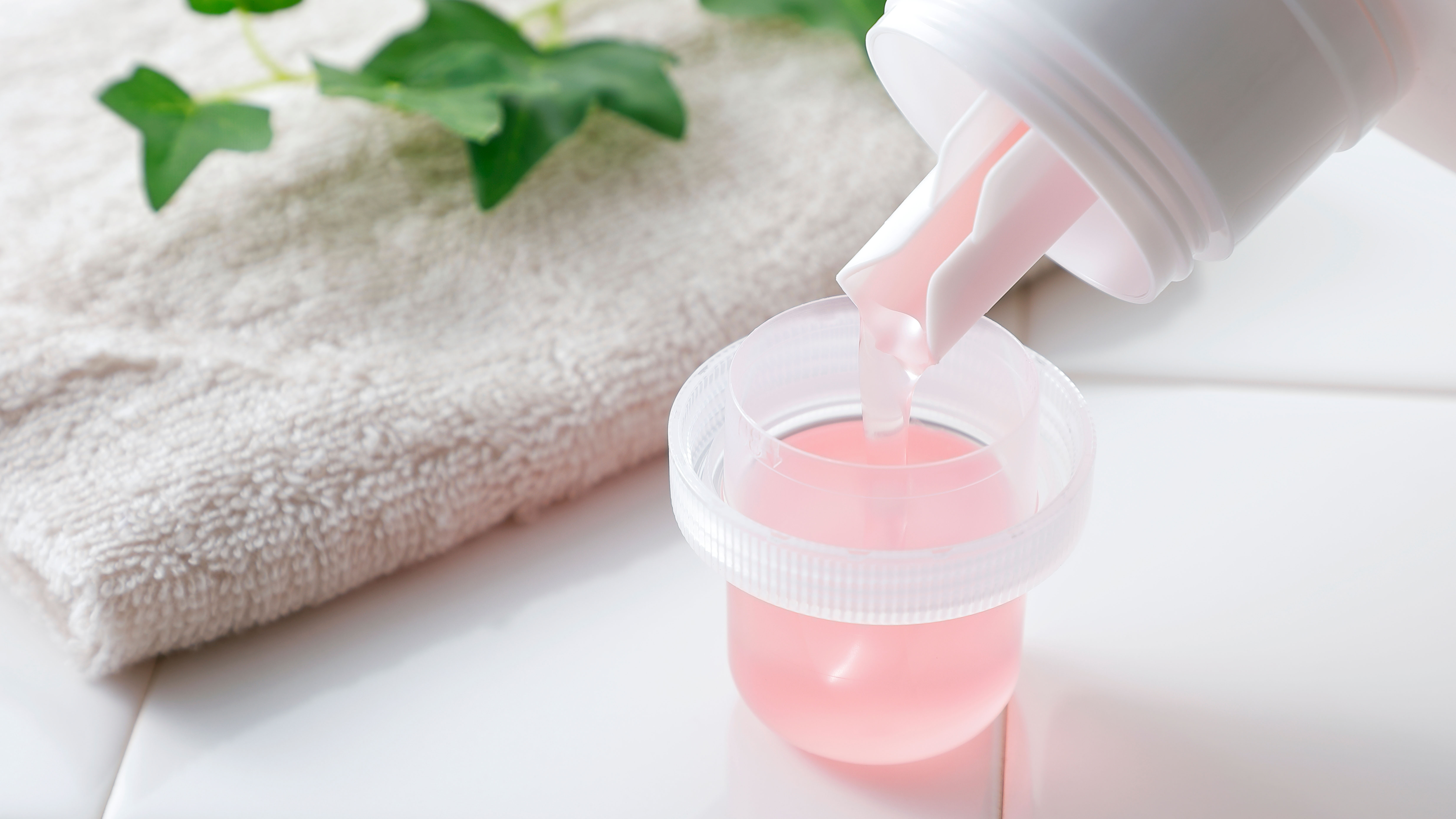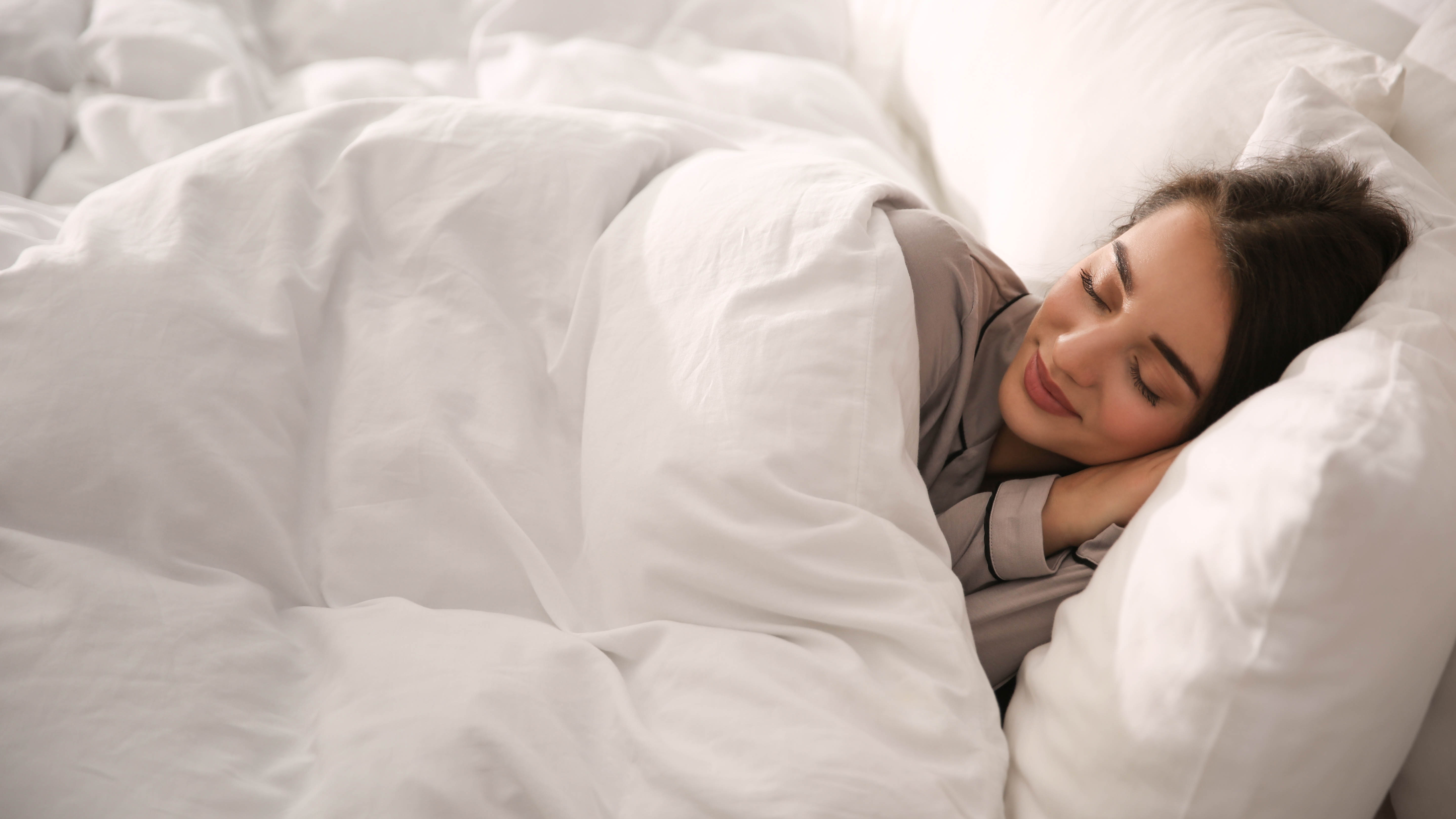How to wash a comforter the right way
Here’s how to wash a comforter, so you can refresh your bedding

Everyone should know how to wash a comforter. Avoid this chore, and soon enough your comforter will look pretty gross, even if it’s guarded with a protector. Yellow sweat stains will show up everywhere your body makes contact, encouraging bacterial growth. This can impact the smell as well as the feel of your bedding, not to mention it won’t be particularly attractive to look at either. Sooner or later, it will need a wash.
These stains are a consequence of the sweat and oils we secrete at night — considering how hot we get, it’s no wonder that they show up so quickly. It’s for this reason we also need to know how to wash a pillow. The good news is that it is entirely possible to wash a comforter at home, and it needn’t be such a hassle. Of course, care should be taken, or else you risk damaging the comforter as well as even the best washing machines. Want some guidance? Here’s how to wash a comforter.
How to wash a comforter

Washing machine
Clothes dryer
Laundry detergent
Stain remover (optional)
Clothes line/rack (optional)
1. Check the care label — First you need to determine your comforter’s filling as well as the wash instructions. Check the care label to confirm these. You will likely either be dealing with a down or a synthetic-filled comforter, although there are alternative fillings available. Most types can go in the washing machine, but down will need a more gentle treatment to protect the filling.
2. Pre-treat any stains — If you’ve spilled something on your comforter, you’re going to want to deal with that before it goes in the washing machine. Use a dedicated stain remover, such as Tide Laundry Stain Remover ($16.99, Amazon) and follow the instructions on pack. Depending on whether the stain has seeped through, you might want to flip the comforter over and work the stain remover in from the other side as well. Make sure you leave it for as long as necessary before loading it into the washing machine.

3. Prepare your washing machine — If you’ve not done this before, you should know that cleaning your comforter is quite a time-consuming process. It’s also a large, bulky item which will take up most, if not all, of the available space in your washing machine. Because of this, you need to plan ahead to make sure it won’t disrupt your usual laundry day. We recommend having a secondary comforter on standby, just in case your first one needs more than a day to dry. If you plan to hang your comforter to dry outside, choose a clear sunny day to aid the drying process too.
It’s also a good idea to check how the comforter sits in your washing machine. If it fills the drum, then that’s fine. But, if you’re overloading the appliance, you’re better off taking it to the laundromat for a more suitably-sized machine. Likewise, if you’re washing a smaller comforter, and it doesn’t quite fill the drum, you’re going to have to pad out the load with a few towels. It’s important that you do this, because otherwise the load can become unbalanced, which can vibrate and potentially damage the washer as it tries to spin. For more info on this, see how to fix a shaky washing machine.

4. Choose your detergent — Before you wash your comforter, you should first make sure you’re using the right laundry detergent. This can vary depending on your circumstances as well as the filling of the comforter. If you’re dealing with a synthetic comforter which is heavily stained, and you want it to be thoroughly cleaned, a biological liquid detergent would be best. But, if you have sensitive skin, stick to non-biological detergent. If your comforter is down-filled, opt for a specially made downwash detergent, such as Grangers Down Wash Kit ($32.99, Amazon). Use less detergent than you normally would to prevent excess suds.
Get instant access to breaking news, the hottest reviews, great deals and helpful tips.
We recommend avoiding fabric softener because it’s not particularly friendly to the environment. For more info on this, see here’s why fabric softener is bad news for you and your washing machine. Instead, add ½ cup of distilled white vinegar to the final rinse cycle. This will create the same effect, but without the smell. Never mix bleach with vinegar — it creates a lethal chlorine gas.
5. Wash your comforter — Now you can follow the care label instructions you checked out earlier. Set your washing machine’s temperature and spin according to this, and make sure the rinse program is sufficient to remove all traces of the detergent. You can always add an extra rinse cycle to ensure this. Generally speaking, you will want to use a relevant gentle cycle, such as delicates, or bedding.
Should your comforter emerge sopping wet, it has unfortunately failed to spin. You will need to try to balance out the load by adding a couple of wet towels to the mix. Once you’ve done this, try running the spin cycle again.

6. Dry your comforter — Now that your comforter is washed, you’re going to want to start drying it straight away. Most will be suitable to dry in the best clothes dryers, although you should always refer to the care label to confirm this and follow the guidance here for settings. You also need to make sure that your clothes dryer is suitably sized for your comforter — if it wont fit, you will need to follow the instructions below to air dry. Otherwise, you can generally dry on a low heat, accompanied by a couple of dryer balls to help de-clump your comforter. Be sure to check on it often by pausing the program every 20 minutes — you’ll want to remove and fluff up the comforter, before reloading it and starting up the cycle again. Leave it to cool to room temperature to confirm how dry it is once finished. It likely won’t be able to fully dry in a clothes dryer, so hang it to dry for the final touches.
If you don’t have a clothes dryer, you can hang dry your comforter instead, although this can take some time. You can hang it to dry outside, if the weather is nice enough, or place it on a drying rack indoors. In either case, be sure to fluff it every couple of hours as it dries to prevent clumping, and make sure the space is well-ventilated. A heated clothes dryer can help speed up the process, such as the Tonchean Clothes Drying Rack ($128.99, Amazon). Make sure your comforter is completely dry before replacing it on your bed. Otherwise, you will be encouraging mold and mildew.
Your comforter should now be clean and fresh. If stains persist, you can always repeat, but it might be time to upgrade to a new one. For guidance on this, see our list of the best comforters.
Tips to keep your comforter clean

- Use a protector — Invest in a comforter protector, such as the National Allergy Premium 100% Cotton Duvet Comforter Protector ($71.30, Amazon). This will add an extra layer of protection to your comforter, meaning spills and stains won’t reach it so easily.
- Lower your temperature — Sweat stains can be reduced if you lower your temperature at night. Cooling bedding is one way of doing this. For instance, you can get a pillow with cooling properties, such as the Casper Sleep Snow Foam Pillow ($125.10, Amazon). This features as one of our best pillows.
- Opt for a thinner comforter — To further lower the temperature, you could reduce the thickness of your comforter. Some are designed for summer use, and so are naturally more breathable.
- Air your bed in the morning — It’s important that you pull back the sheets first thing in the morning, so that the bed can air. Otherwise moisture remains trapped in the bedding and can’t vent. See, you’ve been making your bed all wrong for more details.
How often should you wash your comforter?
You should wash your comforter as often as required. If there’s a sudden spill, or someone’s ill, it’s best to wash the bedding as soon as possible. Generally speaking, you should wash your comforter once every four months. This is the same timeline we recommend for pillows, as these too can be stained with sweat all too quickly. You may need to wash your comforter more often than this though, depending on how hot you get at night and how much you sweat, so be sure to check it regularly.
Have you ever wondered what happens to your body when you sleep on your side? If so, you might need one of the best mattress for side sleepers or perhaps check out one of the best memory foam mattress for comfort.
Or do you have trouble sleeping? Try these 5 tips for helping you sleep better, or check out these 5 plants that could help you sleep better. Be sure to also check out our best mattresses.

Katie Mortram used to be a Homes Editor for Tom's Guide, where she oversaw everything from kitchen appliances to gardening tools, as well as smart home tech. Specializing in providing expert advice for cleaning and home manintenance, she now works as Household Advice Editor for Good Housekeeping.
